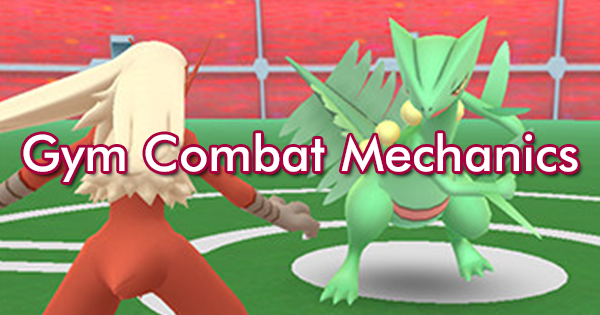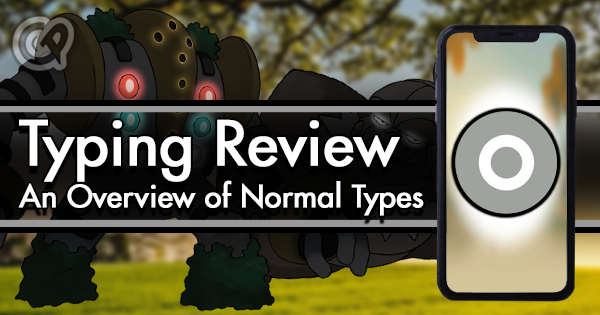Overview
Unlike in the original series, Pokemon GO gyms are under partial user control. Members of the team that is in control of a gym can assign their own Pokemon to help defend the gym, but they cannot actually control their Pokemon in combat. This design choice leads to some peculiarities of the gym combat system.
When battling Pokémon, you battle Pokémon in the order they were assigned to the gym; the Pokémon on the gym for the longest time will battle first.
Attacker and Defender Battle Mechanics
After assigning a Pokemon to a gym, trainers no longer retain control of that Pokemon while it's in the gym. Instead, the defending Pokemon is controlled by a rudimentary AI in battle.
Player-controlled attackers and AI-controlled defenders fight under a different set of rules:
| Mechanics | Attacking Trainer | Defense AI |
|---|---|---|
| Lineup | Up to 6, in order of trainer's choice | Up to 6, in the order they were placed into the gym |
| Maximum HP | Unchanged | Doubled |
| Energy capacity | 100 | 100 |
| Initial attack | At 99.3 seconds on the game clock | At 98.4 seconds on the game clock |
| Fast Move duration | Unchanged | +1.5~2.5 seconds |
| Charge move duration | Unchanged | +1.5~2.5 seconds |
| Charge move usage | At attacker's discretion | 50% chance when energy is sufficient, decided at the beginning of the previous move |
| Energy gain per HP lost | $$ceiling(HPLost/2)$$ | $$ceiling(HPLost/2)$$ |
| Switching | Yes, with a short cooldown | No |
| Dodging | Yes, with a short cooldown | No |
While attackers benefit from using high-DPS fast moves, defenders benefit more from using slower, heavier-hitting fast moves. The doubling of defender HP also encourages choosing defending Pokemon with a higher HP stat.
These mechanical differences mean that defenders deal less damage, but they can also tank more damage in battle. The defender can also potentially use more charge moves, since over a round of battle, they will be gaining more energy from damage received. The defender effectively has access to another HP bar's worth of energy in a full battle. This can have devastating consequences, such as a defending Snorlax being able to fire off 3 Hyper Beams in one round of battle.
The research of identifying certain battle mechanics (also applicable to raid battles) can be found here.
Dodging
For details on how damage is calculated, see Damage Mechanics.
Attacking Pokemon can attempt to dodge incoming attacks. A successful dodge reduces damage received by 75%:
$$Dodged Damage = max(1, floor( ¼ Damage))$$To successfully dodge, the attacking player must swipe left or right across the screen after the yellow flash of the defender's attack animation. Our video analysis indicates this dodge window closes 700 ms from the yellow flash regardless of the attack. All that matters is the yellow flash.
See our guide on dodging for details
Switching
When attacking an opposing gym, the attacking trainer may choose up to 6 Pokemon to place in his lineup. When a Pokemon faints, it is automatically switched out to the next Pokemon in the lineup, from left to right, top row to bottom row.
The attacking trainer can also opt to switch out Pokemon mid-battle, perhaps to leverage a more favorable type matchup or to prevent a Pokemon from fainting.
In Summary
Gym battles generally favor the attacker for the following reasons:
- In battle, the attackers typically output higher DPS compared to defenders.
- The attacking trainer can dodge, which results in a 75% damage reduction.
- The attacking trainer can select 6-Pokemon lineup to leverage advantageous type matchups. He/she can also switch Pokemon mid-battle.
Gyms in Pokemon GO are designed to be easy to attack and difficult to defend, but understanding these gym mechanics and studying the gym defenders tier list can help bolster your chances at a successful defense.









